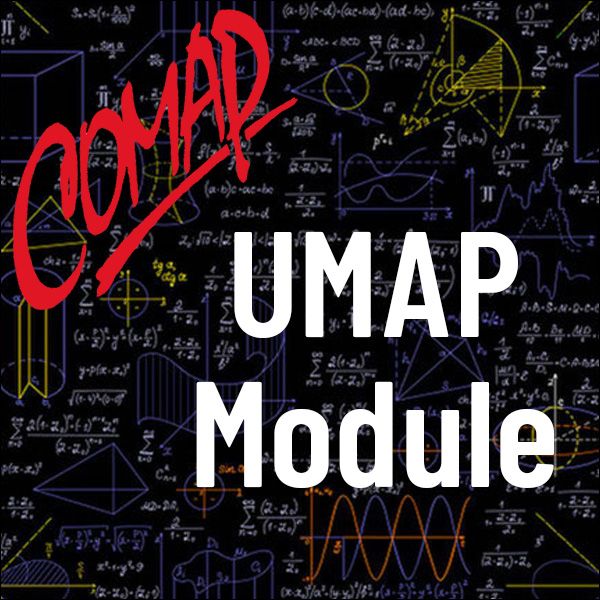General Equilibrium: A Leontief Economic Model (UMAP)
Author: Philip M. Tuchinsky
This unit discusses an application leading to large sets of linear simultaneous equations. It also calculates equilibrium production levels for a multi-sector Leontief economy, and converts real economic data into Leontief matrix entries.
Table of Contents:
1. INTRODUCTION
1.1 One-Product Companies as Input-Output Machines
1.2 Consumers and Companies Form a Complex Economy
1.3 The Problem: To Balance Supply and Demand
2. LEONTIEF'S MODEL
2.1 Notation for Production and Final Demand Levels
2.2 Leontief's Input-Output Coefficients
2.3 Concise Summary of the Notation
2.4 Equating Supply and Demand
2.5 The Model in Matrix Notation
2.6 Solving for the Production Levels
2.7 Exercises
3. HOW TO CALCULATE (I - A) INVERSE EASILY
3.1 An Old Acquaintance Returns
3.2 How the Series Aids Calculation of (I - A) Inverse
3.3 An Example
3.4 Why Geometric Series Extends to Matrix Cases
3.5 (I - A) Inverse Will Have Nonnegative Entries
3.6 Exercises
4. MODELING LABOR IN LEONTIEF'S ECONOMY
4.1 The Value of Labor
4.2 Labor's Earnings and Consumption are Equal
5. ABOUT THE MODEL AND ITS USES
5.1 Open and Closed Leontief Economies
5.2 Profit and Savings Have Been Included
5.3 Using Linear Algebra in Economics -- Benefits and Difficulties
5.4 The Model is Widely Used as a Planning Aid
5.5 The Model's Great Impact on Economics
6. REFERENCES
7. EXERCISES: THE YUGOSLAVIAN ECONOMY IN 1962 AND 1958
8. ANSWERS TO SOME EXERCISES

Mathematics Topics:
Application Areas:
Prerequisites:
You must have a Full Membership to download this resource.
If you're already a member, login here.